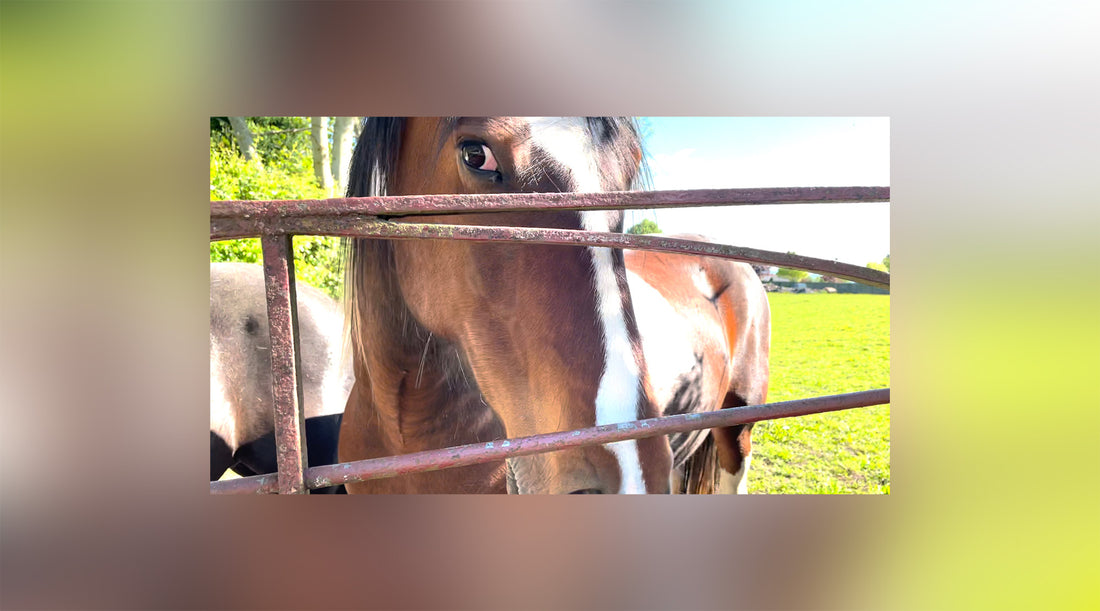As a visual artist, I am fascinated by how each animal and insect has a different visual perception. Horses, for example can see a broad view to their left, at the same time as a broad view to their right. Whereas humans have to turn their heads to see a full view to the right and left.
Here is an article published by Iowa State University, entitled Vision In The Equine about how horses see.
I love this note about a mini 'sun shade' in a horse eye:
An unusual feature of the equine eye is the corpora nigra. It is a knobby structure that juts out from the top of the iris and functions to shade the pupil from glare.
Here is a wonderful article on the British Natural History Museum website about 17 of the most amazing different ways of seeing, from eyes the size of dinner plates (colossal squid), to 28,000 lenses per compound eye (dragon fly).

Scientific developments
I'm wondering if technological developments could allow humans to experience vision like another creature does. If our brains were 'wired up' to input extra data could they process that data and see in a different way?
Bionic eye tech
Apparently bionic eye technology for humans has not developed as far as cochlear implants for hearing loss (which can allow a sense of sound for some profoundly deaf people). The aim is, of course to allow a person with sight loss to see.
But meantime, there have been some interesting experiments with human perception.
Upside down
There is a well known experiment, by Ivo Kohler and Theodor Erismann in which people are given glasses which flip everything upside down. At first they fall over and stumble, but their brains adapt the visual input and eventually they can act completely normally with the upside down glasses on. The experiment is described nicely here in the Guardian.
Extraordinary
Could our brains be capable of processing 'extra' visual data beyond the range of our current input mechanisms (aka our eyeballs)? If we can process upside down and reverse writing then perhaps we could process other colour ranges or wider vistas?
What do you think? Would this be useful? Could it ever be possible?
